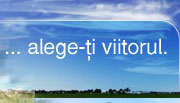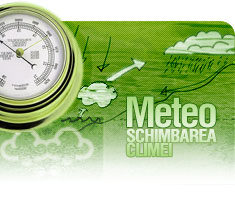As shown in the literature review, global forecasts of the number of future environmental migrants are subject to critical uncertainties and of limited use. Efforts to understand the interplay of different causal factors, including environmental change, on migration in specific contexts (local, national or regional) are far more valuable to policymakers. As migration is a complex, multidimensional issue, it is also important to consider other key drivers like economic, political, demographic and social trends alongside environmental factors, when analysing the nexus between migration, environment and climate change. These include factors such as level of socio-economic development, economic growth, resource scarcity, governance frameworks, population growth, and urbanisation. The second of the three studies, therefore, focused on the impacts of migration, environment and climate change, and explored four of the main ways in which environmental change and migration have been linked to date. The analysis also included consideration of how these impact types might develop in the future.
Mobility responses to sudden-onset hazards
Displacement risk is based on the hazard itself (type, intensity and frequency), exposure (people located in hazard-prone areas) and vulnerability (sensitivity to hazard impacts). All three components are projected to increase displacement risk in many countries. With regard to the hazard component, climate change is widely expected to increase the frequency and intensity of natural hazards like floods and storms, although not uniformly across continents.
Mobility responses in the context of slow-onset hazards
Slow-onset events, ranging from drought to sea-level rise, can impact human mobility. Human vulnerability shapes mobility responses and can determine whether moving is even an option. At the same time, mobility responses shape future vulnerability. Two examples illustrate these complex relationships
First, sea-level rise can impact human mobility in different ways. While it is often first associated with permanent inundation of land and settlements, there are in fact a range of ways in which sea-level rise impacts human activities and settlements. These include coastal erosion, the salinization of groundwater in coastal areas, and increased vulnerability to flooding from storm surges and the salinization of agricultural land.
Second, various slow-onset environmental changes are already affecting rural livelihoods. In many regions, smallholder crop-based agriculture is dependent on rainfall, with irrigation being either unavailable as an option or financially out of reach. Thus, these smallholders are often very vulnerable to climate change impacts, notable rainfall variability and temperature rise.
Linkages between environmental change, conflict and mobility
Regarding the linkages between environmental change, conflict and mobility, the impact paper underlined the findings of the literature review: the linkages are complex and time- and context-specific. The wide array of relevant contextual factors makes it impossible to predict future evolutions of the environment-mobility-conflict nexus with any degree of certainty. Nonetheless, environmental change - through its impact on sudden and slow-onset events - looks set to continue to exacerbate a range of potential conflict drivers. Whether human mobility acts as a "threat multiplier" will depend on many factors, as shown by the analysis of conflicts among pastoralists in Africa.



 Română
Română English
English


